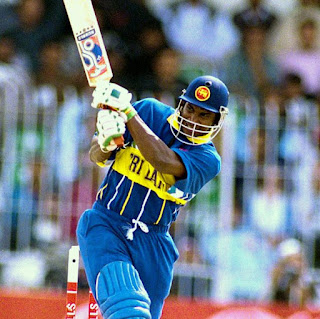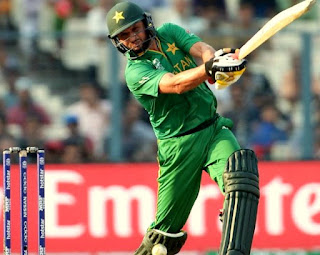A 13-year-old player for Punjab made his first-class cricket
debut in the month of November 1987. The 13-year old's debut innings against
Himachal Pradesh included 94 runs, which astonished many Indian cricket fans.
He then excelled for Punjab in the Under-15 and Under-17 competitions. When
Dhruv Pandove scored 137 runs in his third first-class encounter against Jammu
and Kashmir at Srinagar in October 1988 at the age of 14 years and 294 days, he
set a record as the youngest Indian cricketer to score a first-class century. Pandove established himself as a rising star in domestic cricket at a very young age with a double century of 206 runs against Central Zone in the tournament's semifinals. Pandove led the North Zone U-15 team in the 1987–88 Vijay Merchant Trophy. The 17-year-old Pandove recorded his highest first-class score of 170 in a Ranji Trophy match for Punjab versus Services in December 1991, and with that innings, he became the youngest player to accumulate 1000 runs in the Ranji Trophy.
Dhruv Pandove
In the quarterfinals of the Deodhar Trophy at Sambalpur on January 28, 1992, Pandove anchored the North Zone with 73 against a South Zone bowling attack that included Anil Kumble, Venkatesh Prasad, Ashish Kapoor, and Arshad Ayub. He was named player of the match for his performance. North Zone, however, lost the game. Nobody, however, anticipated that this would mark the dawn's end.
In the evening of January 31, 1992, Pandove got off the train at Ambala Cantt and grabbed a cab to Patiala after losing the Deodhar Trophy. Pandove was travelling from Sambalpur to his hometown of Patiala at the time. Pandove was killed in an accident involving the taxi he was riding in on the Grand Trunk Road. 31 years have passed since Dhruva Pandove passed away. Nobody anticipated that God would take the genius' life back so quickly after rewarding him abundantly at the start of his career. A million bouquets for the talent Indian cricket has lost.
In 1994, the Pandove family established the Dhruv Pandove Trust in order to promote the game, nurture fresh talent, and also organise blood donation camps to remember the loss of Dhruv.

















